Loblolly Pine
(Pinus taeda)
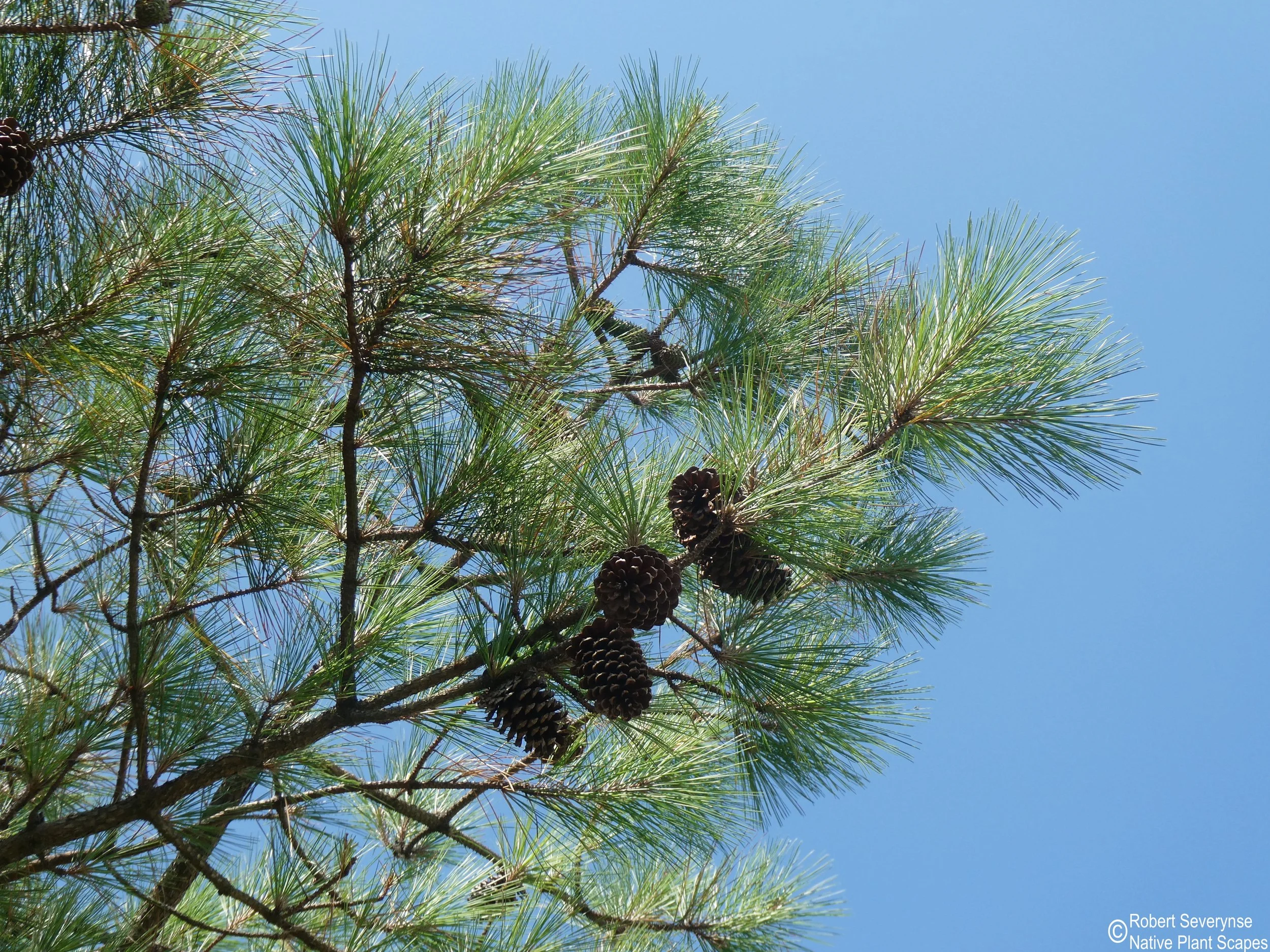
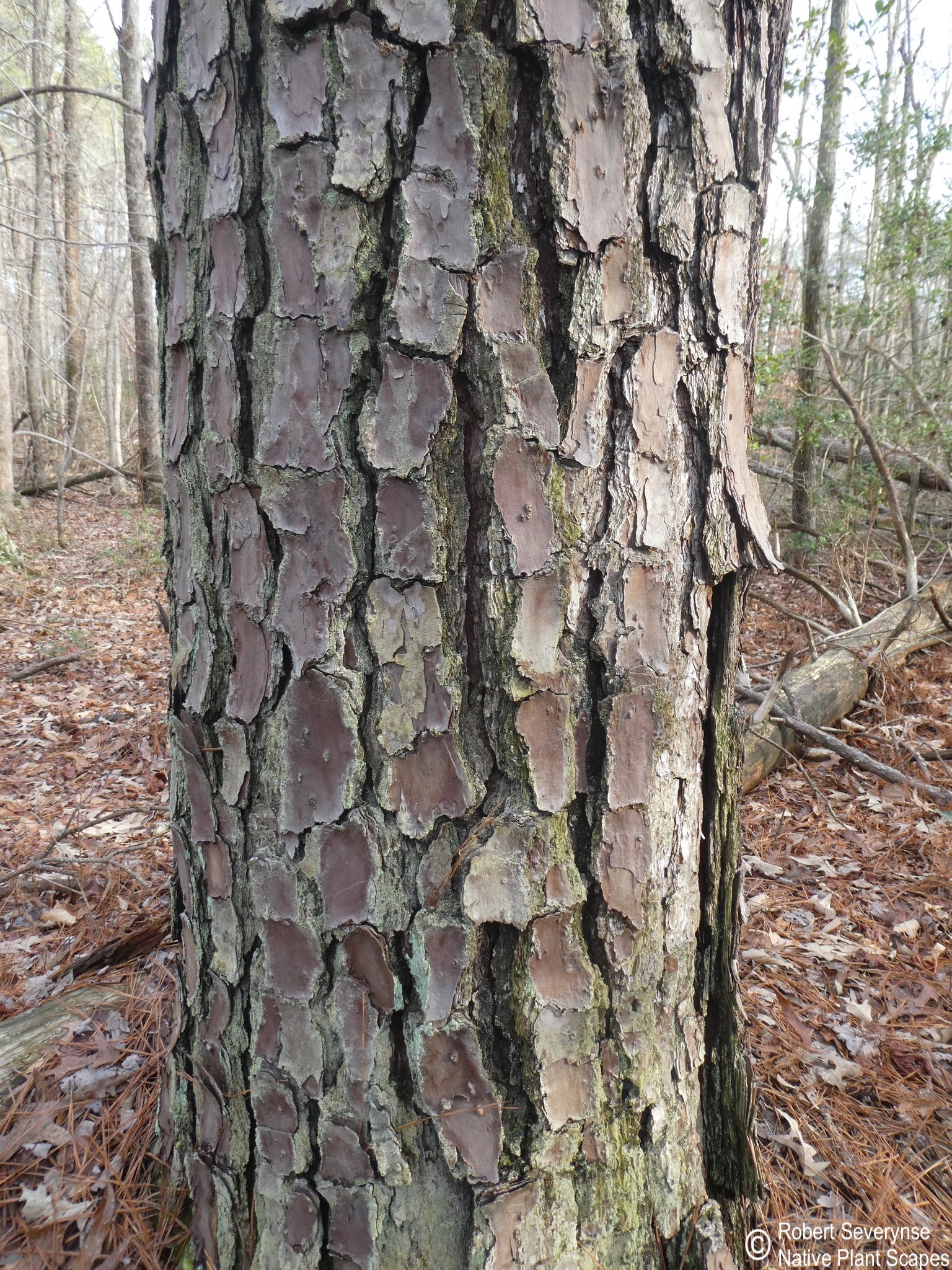

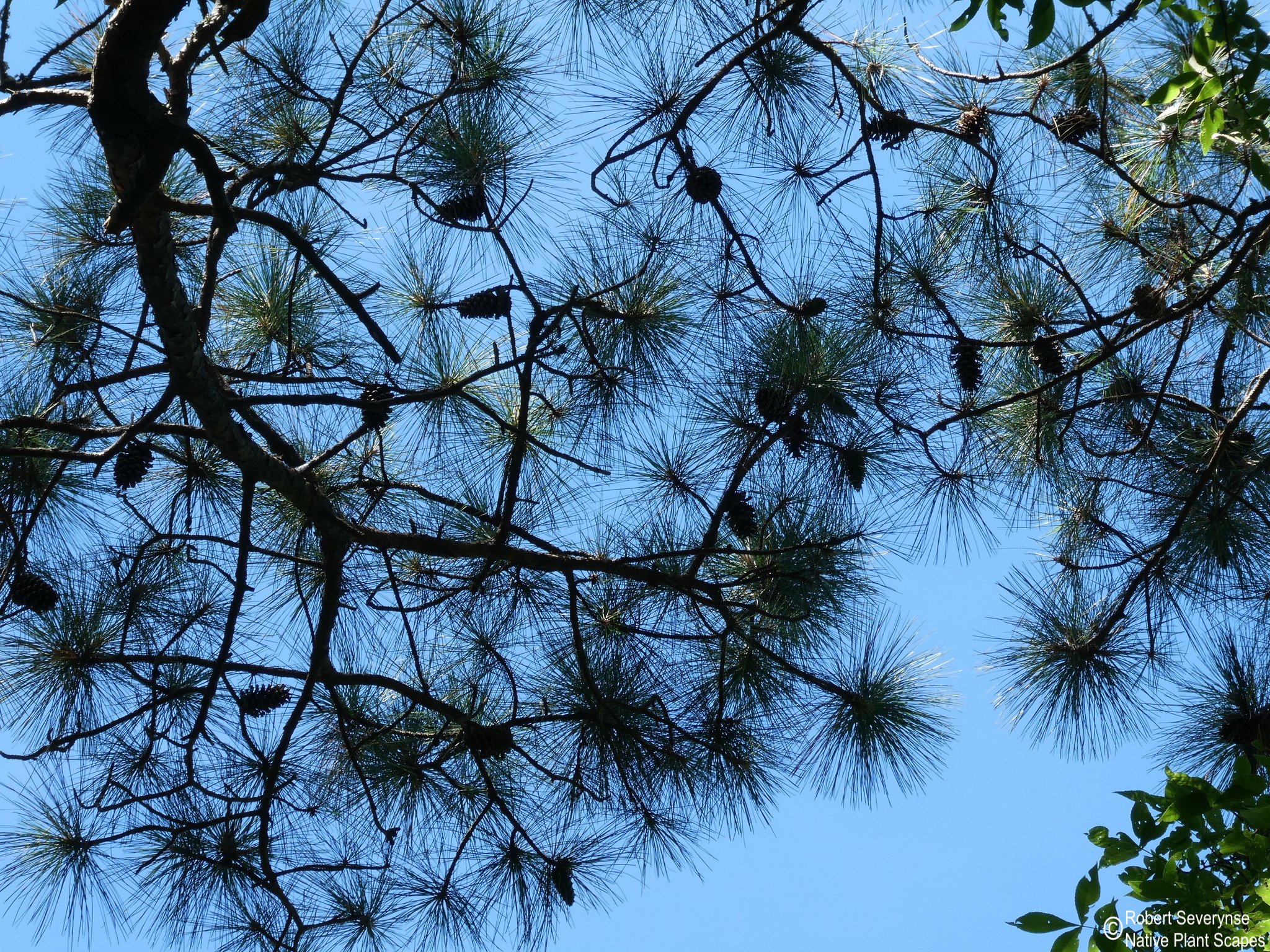
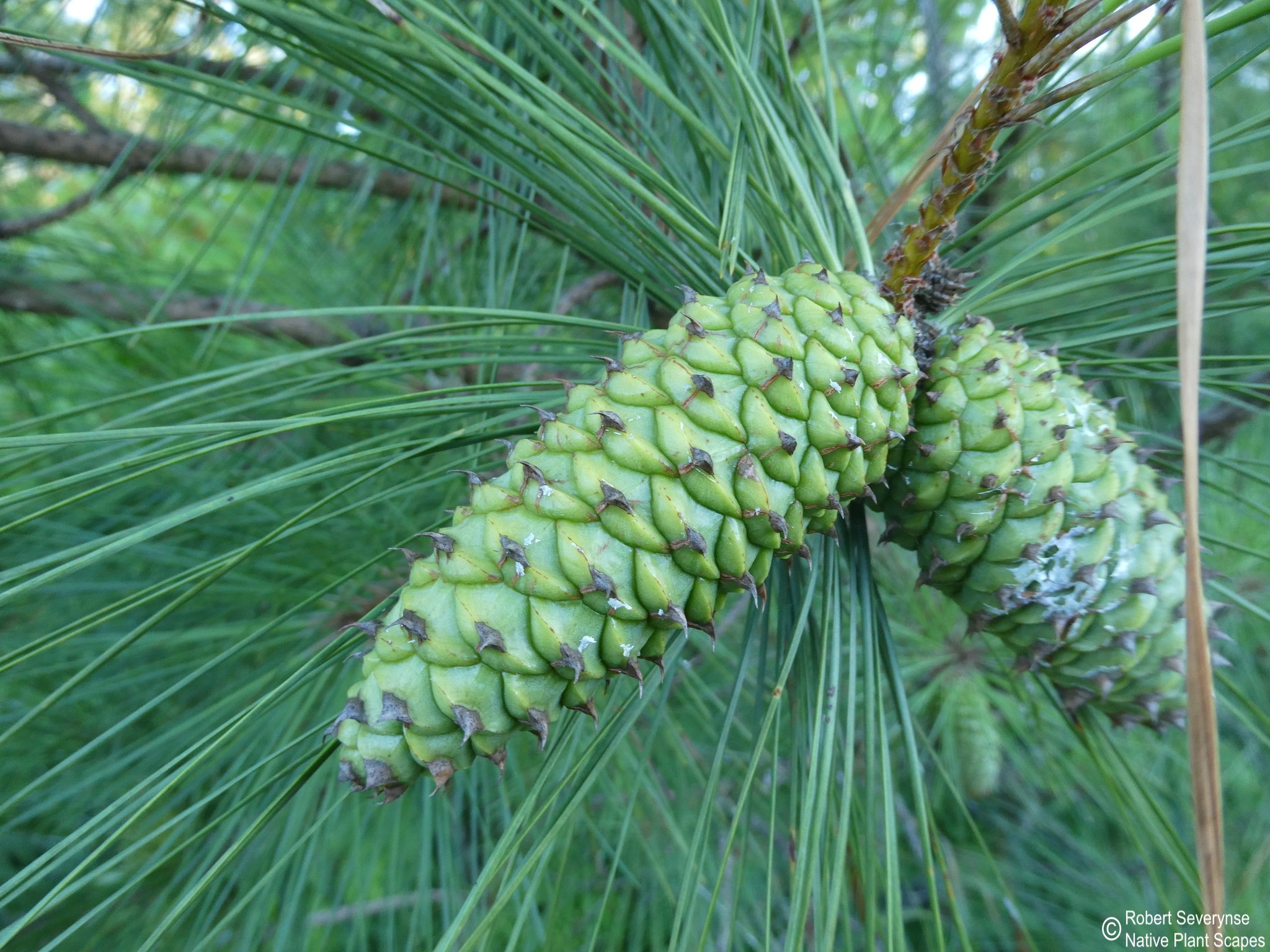
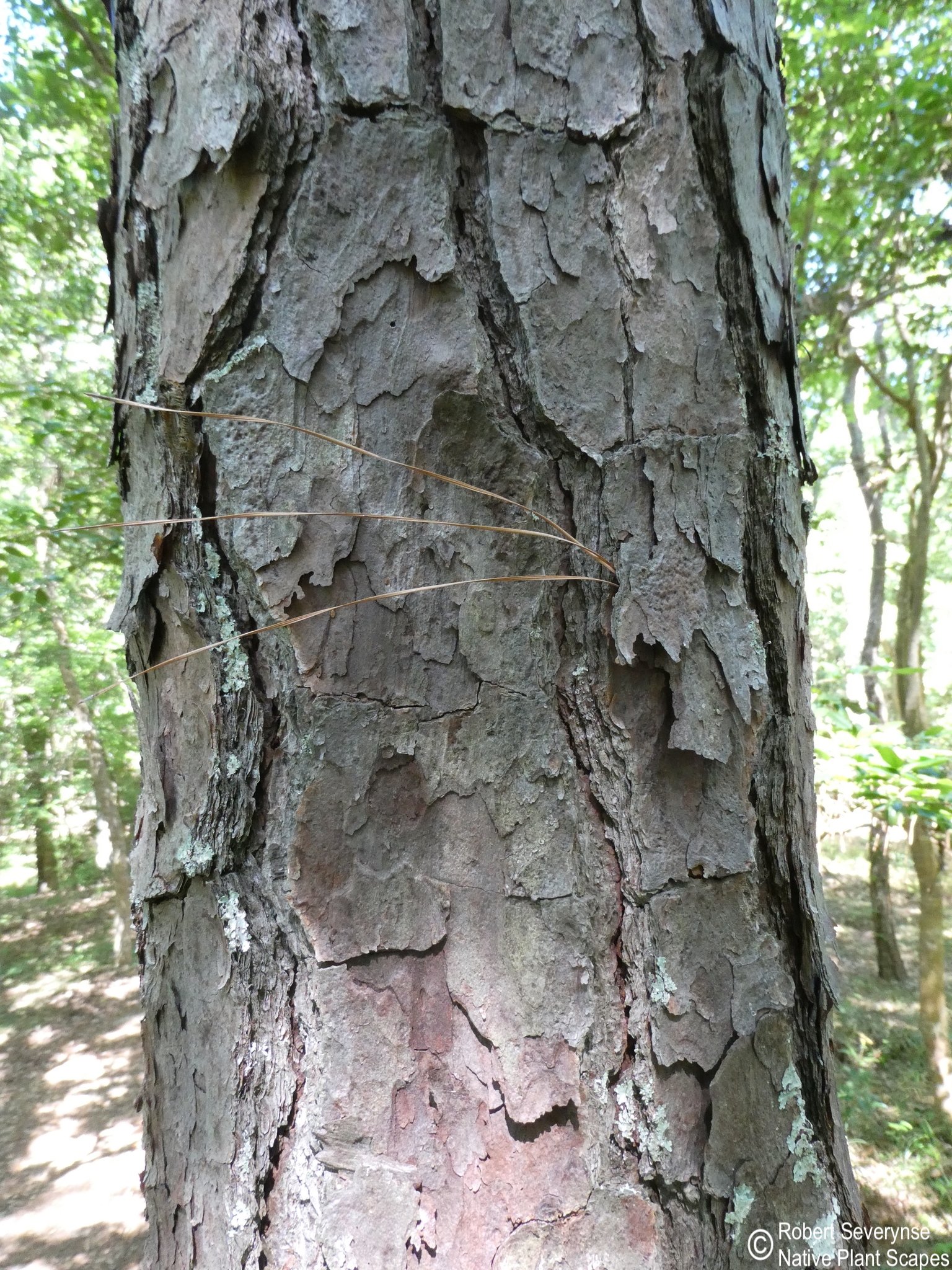
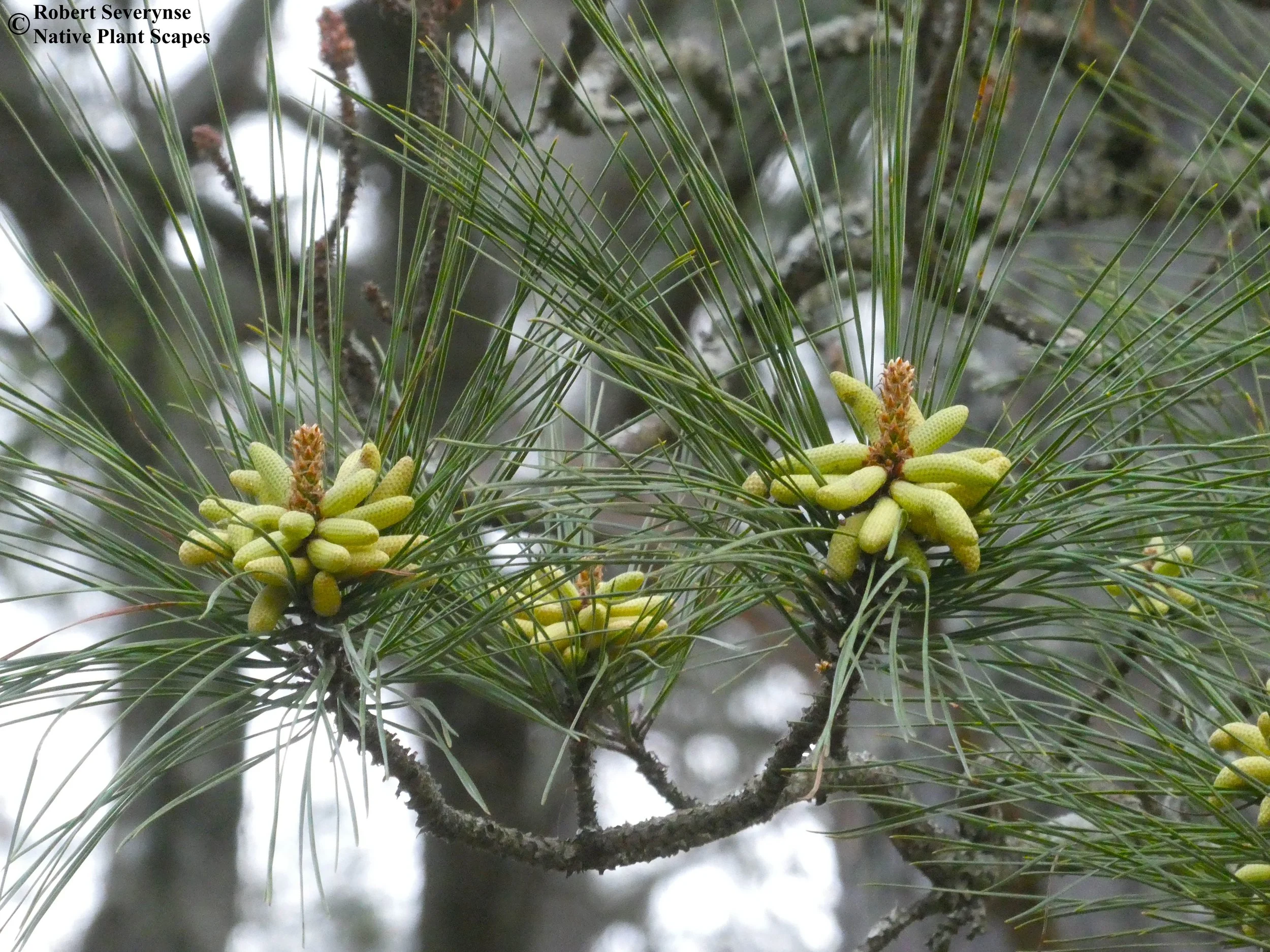
Other Information
Physical Characteristics
Type: Tree
Height: 60 - 90 ft
Spread: 20 - 40 ft
Flower Color: N/A
Flower Time: N/A
Fruit Type: Cone
Fruit Color: Brown
Autumn Color: Evergreen
Sun Conditions: Full Sun
Shade Tolerance: Low
Moisture Preference: Medium
Deer Resistance*: Medium / High
Dog Safe**: Yes
Conservation Status (MD): SNR - Unranked
Other Names:
*Deer resistance can vary based on many factors
**Always consult with a veterinarian about plants toxic to dogs and other animals
Wildlife Benefits:
Loblolly pine cone seeds are an important source of food for many birds (20+ species) and mammals. Trees provide cover (including during winter), habitat, and nesting sites for a variety of birds and mammals. It is the larval host to several species of butterflies and moths. Deer and rabbit can browse on small seedlings.



